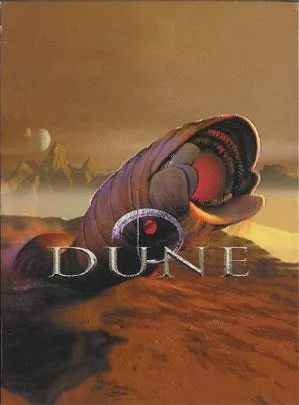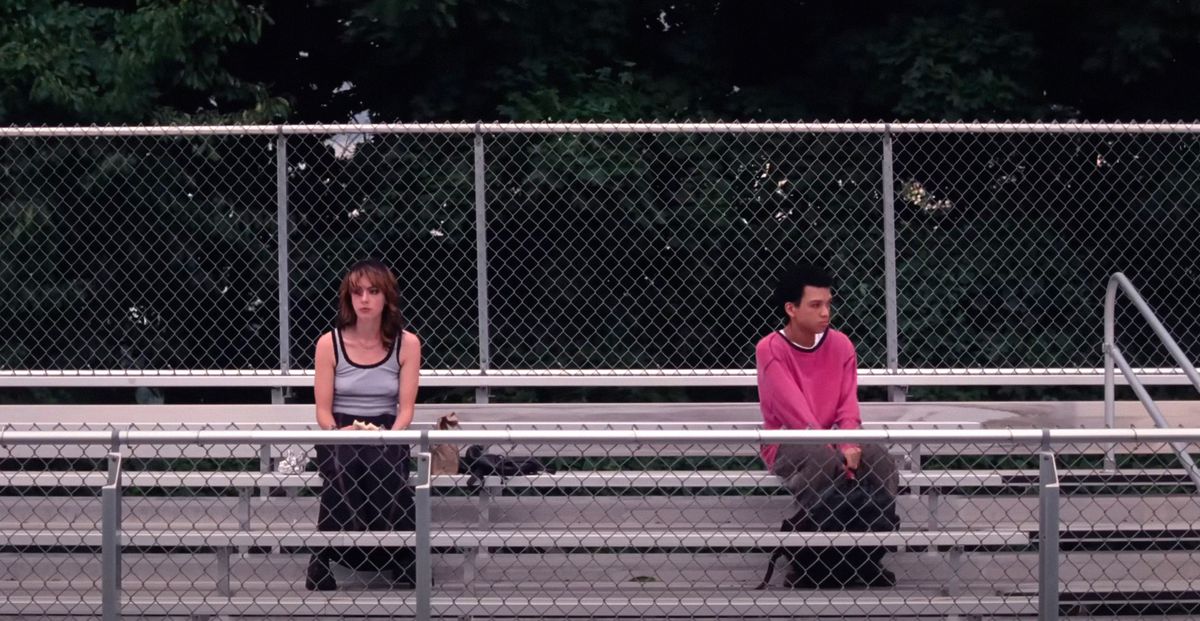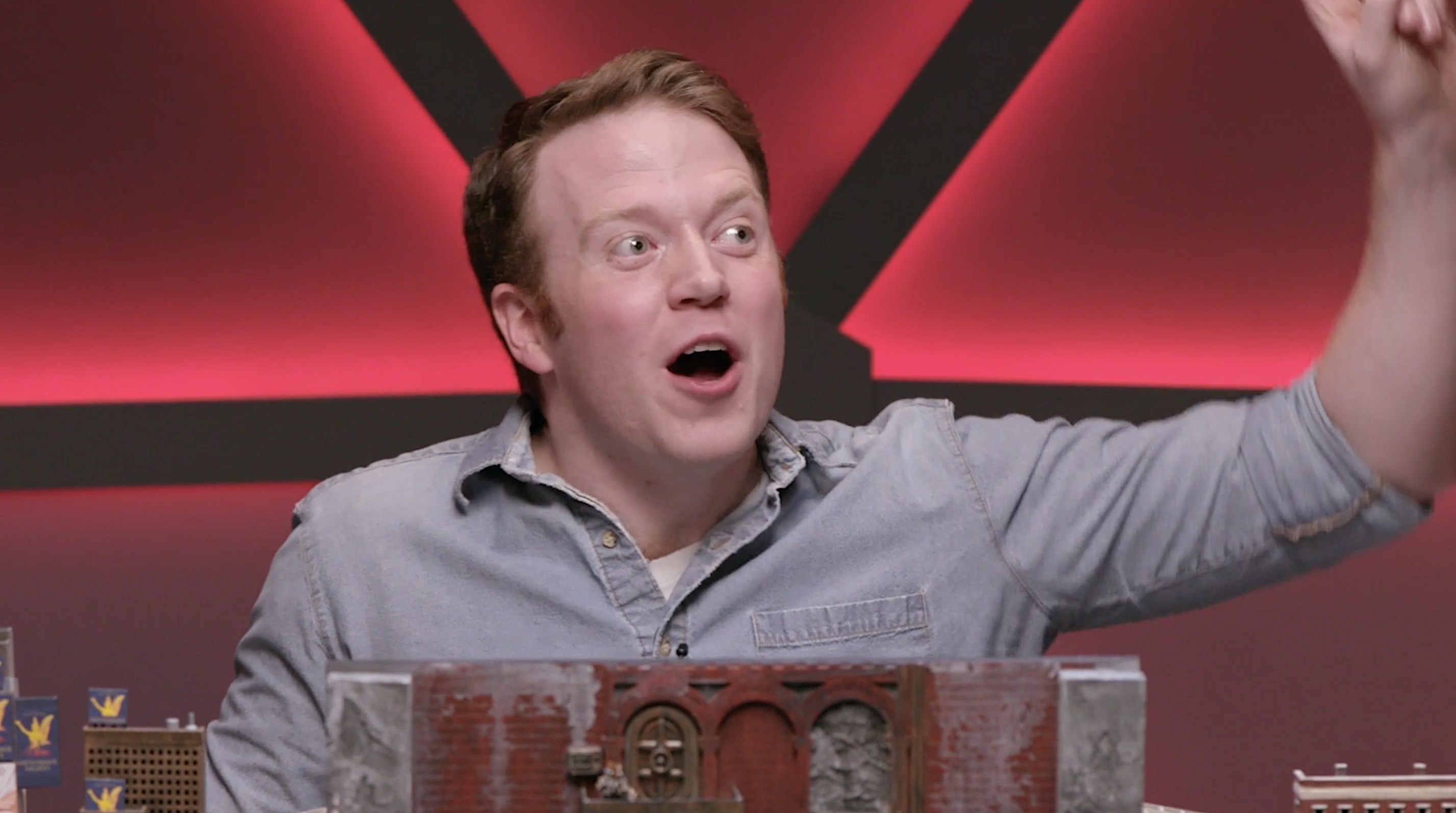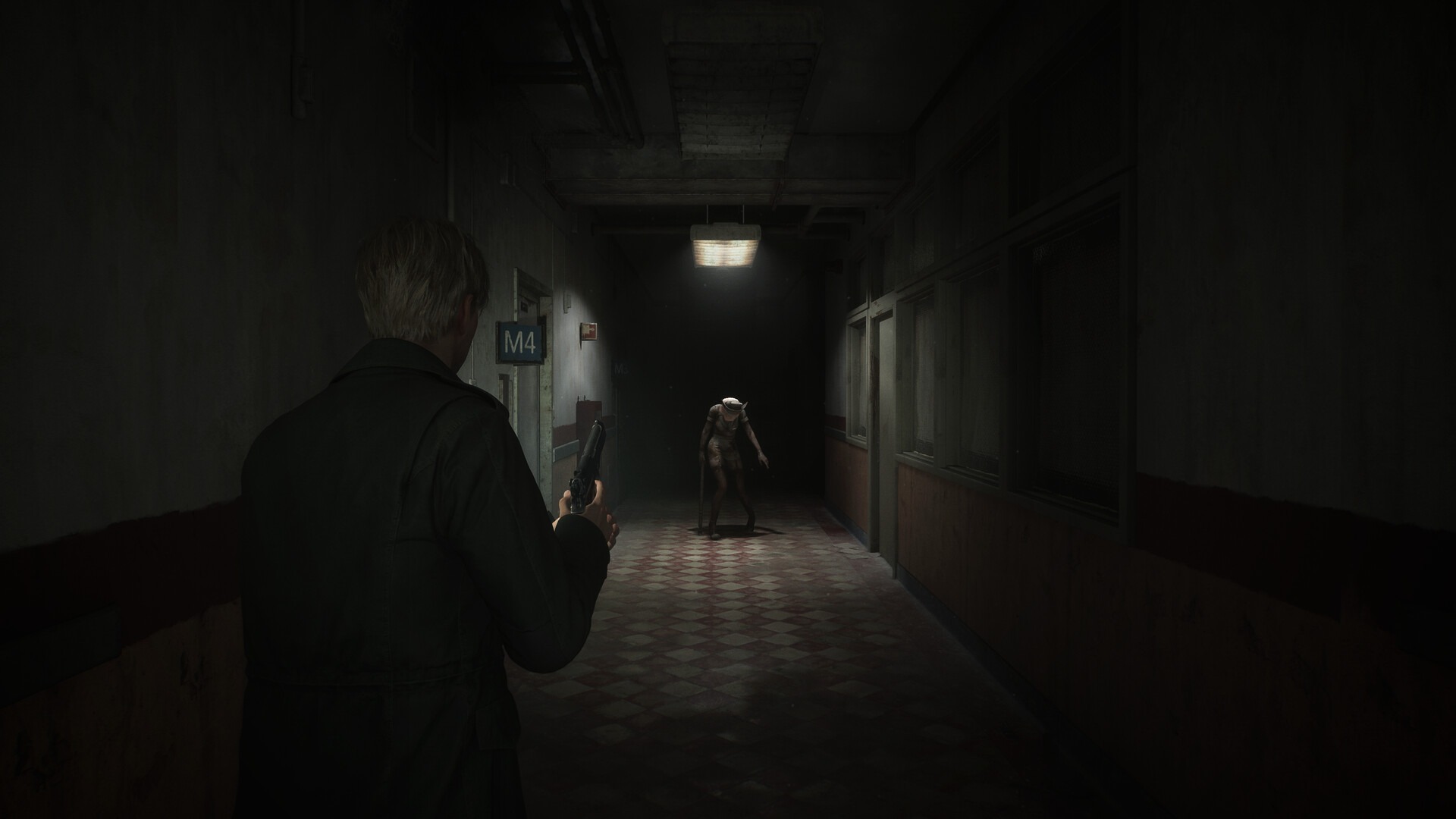Season 2 of David Jenkins’ pirate comedy-romance-drama Our Flag Means Death has finally premiered on Max, with an opening three-episode arc that’s guaranteed to get the series’ fandom buzzing. The third episode in particular ends with a sequence that feels like it was intentionally crafted to inspire the crowds of fan artists who have turned the series into an obsession. Polygon talked to the series’ VFX supervisor, David Van Dyke, about what went into shooting that sequence — and how James Cameron’s Avatar: The Way of Water helped out.
[Ed. note: Spoilers ahead for season 2, episode 3 of Our Flag Means Death.]
:no_upscale()/cdn.vox-cdn.com/uploads/chorus_asset/file/24979397/Foot.png)
At the end of episode 3, Ed “Blackbeard” Teach (Taika Waititi) is in limbo after being assaulted and nearly killed by his crew. There, he meets his former captain Benjamin Hornigold (another of the series’ historical pirate characters, played by Mark Mitchinson), who tries to help him through his emotional crisis over being abandoned by Stede Bonnet (Rhys Darby). Except Hornigold mostly helps by pointing out Blackbeard’s failings, then tying a stone to his waist and throwing him off a cliff into the sea — where he sees a vision of Stede as a fish-tailed merman, coming to save him.
“Just so you know, Rhys and Taika did very well underwater,” Van Dyke told Polygon about shooting the scene. “Rhys is not an Olympic synchronized swimmer, but he’s a strong swimmer. They were both very comfortable underwater. They both did a really good job of being mermen.”
Van Dyke says he was originally asked whether he could do the scene with CG versions of the two men, for safety reasons. He explained that it was possible, “but that’ll cost millions and millions of dollars, and we don’t really have that.”
Instead, he ended up shooting the scene practically. Season 1 of Our Flag Means Death was shot on a soundstage in Los Angeles, but for season 2, production moved to New Zealand. That gave Van Dyke a lot of advantages in terms of shooting natural backdrops to use on the production’s giant virtual environment screen, and in using experienced crews from past special-effects-heavy productions, from Peter Jackson’s Lord of the Rings movies to James Cameron’s Avatar movies.
:no_upscale()/cdn.vox-cdn.com/uploads/chorus_asset/file/24979408/Under_da_Sea.png)
“There were definitely a few pieces that were serendipitously to our advantage,” Van Dyke says. “New Zealand was where they shot a lot of Avatar stuff, and there just so happens to be an enormous tank on the lot. There are a bunch of Avatar crew who are SCUBA certified, because they’ve been shooting in that tank forever. This was not something we had to figure out — we didn’t have to send a bunch of grips and lighting technicians off to SCUBA school. So they were there, they had really amazing underwater photography teams, and obviously a really good stunt team that was able to train up Taika and Rhys to make sure the scene was working.”
Van Dyke points to New Zealand’s thriving mermaid freediving community as a boon when it came to designing Darby’s merman outfit. “There are a lot of incredible mer-tails out there,” he said. “We were able to take those, and [costume designer Gypsy Taylor] and her team brought them together to make these beautiful physical pieces, so Rhys was able to actually sell it and do the performance underwater.”
For Van Dyke, the sequence really started with the cliff-jump sequence, which actually used considerably more CG than the underwater shots. “That cliff sequence was a great culmination of effects, merging physical photography and our LED wall, because you can’t really put those two guys on a thousand-foot cliff,” he said. “The insurance alone would be out of control. Also, we’re not really in the business of having people fall to their deaths.”
:no_upscale()/cdn.vox-cdn.com/uploads/chorus_asset/file/24977656/IMG_5657.jpg)
:no_upscale()/cdn.vox-cdn.com/uploads/chorus_asset/file/24977654/Wide_Cliff_Shot_Our_Flag_Means_Death_13__203__frame_38960_53_.jpeg)
The cliff sequence began with sequences shot off New Zealand’s Bethells Beach, using drones to capture images looking inward from the ocean and photogrammetry of a specific ledge for production designer Ra Vincent and the art department to reproduce in the studio.
“The wide shots use production plates of those cliffs, and the tighter shots use photography we shot specifically to build out the stitching of the cliff sequence,” Van Dyke said. “Hornigold and Blackbeard are standing on a cliff set. We tied in drone plates of the actual cliffs so we can see the ocean and really set up how terrifying [the drop would be]. Then he falls into the ocean, falls into our tank.”
Once Waititi was in the tank, the next step was the shot where the stone tied to a rope around his waist pulls him deep underwater. That part of the scene required more conventional, practical production trickery than the rest of the sequence.
“The tank is massive, but it’s not 300 feet deep. It’s pretty darn big, but it’s never big enough, as they say,” Van Dyke says. “So when Taika is being tugged by the rock, we actually shot that sideways. By turning the camera sideways, you get more length to the shot. The problem is the bubbles — they should be streaming off him and then rising to the surface, but if you’re going sideways, they’re going to come off him and then go up, perpendicular to him. So we took over with CG to make sure our bubbles were traveling toward where the surface was supposed to be.”
The CG in the underwater sequence was mostly used to hide the lighting and rigging necessary to shoot it, Van Dyke says. “Anytime you’re shooting anything underwater, there’s gonna be a lot of gear. There’s no way you can get around that. So we’re making sure we have [convincing deep-sea] lighting and the bubbles. And then there’s his performance — that’s a real performance.”
For Van Dyke, the real complication was the costuming and makeup for both Darby and Waititi. “Taika’s wig — I was amazed that thing stayed on so long. It’s a long shoot. He was shooting all day, all weekend. But things stayed on. It’s a heavy weight. And Rhys is really working underwater, so his tail has to be working, so it all feels seamless.”
The shot in the underwater sequence that seems most likely to be a CG creation has both men just floating deep in the sea, facing each other above a seemingly endless abyss. Again, Van Dyke says, he used very little CG for that shot, and it was mostly to hide the tank walls.
:no_upscale()/cdn.vox-cdn.com/uploads/chorus_asset/file/24979422/Face_to_face.png)
“In that case, we were not shooting sideways,” he said. “It’s essentially a locked shot. It was about getting them at the right depth underwater, and making sure the shafts of light above them were working properly. We don’t have to track as much, we don’t have all these moving elements, we don’t have to worry about where the bubbles are going. That one was really just about cleaning up the tank, doctoring out the sides of the shot, where we can see the water receding into blackness, then giving the base of the tank true depth, so it really feels like they’re suspended a hundred feet below the surface.
“Obviously, a fair amount of CGI and visual effects had to go into it. But at the same time, it was a moment where we really needed to let the story take over, and have the visual effects just get out of the way, man.”
The first three episodes of Our Flag Means Death season 2 are now streaming on Max.
:no_upscale()/cdn.vox-cdn.com/uploads/chorus_asset/file/24977660/IMG_5659.jpg)








